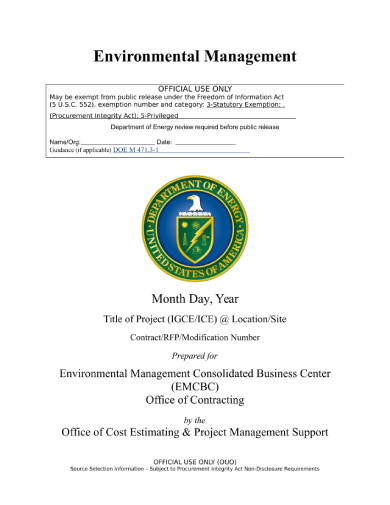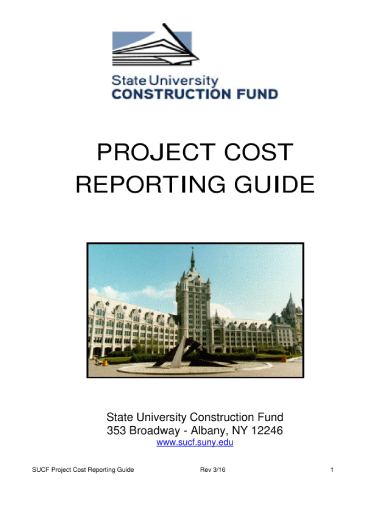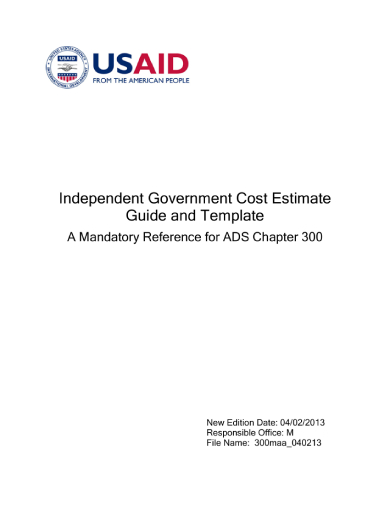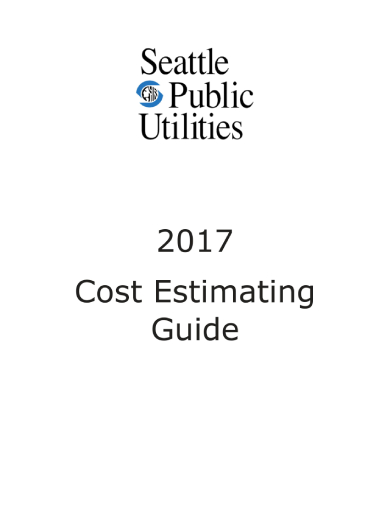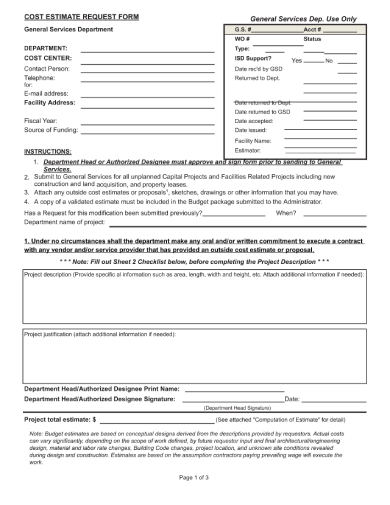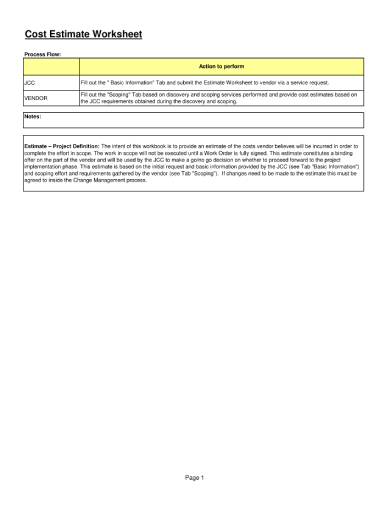Whether you are in a company or a freelance service provider, you will always need to plan all your operations to deliver high-quality performance to your customers. As a landscape contractor, you should know that planning your operations would always include estimating costs and scheduling work procedures. One tool that most contractors use are estimate forms. These estimate documents will help you budget and organize all your operations accurately. Read further in this article to learn more about landscape business estimate forms.
What Is a Business Estimate Form?
A business estimate form is a document that allows you to budget materials and schedule workloads accurately. An estimate sheet also tells you how long it takes a project or program to finish. Estimate forms are usually given by service providers to their respective clients for the total calculated cost of the services they availed—the materials used, labor fees, and other expenses during the project. Clients will see this form first before they commit to the service they are going to render.
FREE 5+ Landscaping Business Estimate Forms in MS Word | PDF
1. Sample Environmental Business Estimate Form
2. Example Project Estimate Form
3. Cost Estimate Form Sample
4. Example of a Cost Estimating Sheet
5. Simple Landscaping Cost Estimate Form
6. Example Cost Estimate Worksheet
Benefits of Using Estimate Forms
Presenting an estimate sheet to your clients can help you in so many ways. This document helps your customers prepare the budget they need for the duration of the project. It also estimates the days you need to work on the landscaping service. There are more benefits you can get in using business estimate forms. Here are a few things you will gain in using them.
Provides customers an official cost estimation: Service estimate forms would help you assure your customers about the service they have availed from your business. It gives your consumers accurate information about the landscape operation you are going to do—from the day it will start, the materials used, total service charge, etc. Your clients would appreciate it if you present them a document before you begin with the work operation.
Maintains transparency: Your estimate forms will help you maintain clarity in every service transaction in your business. The document will work as a service contract as well that you and your client have agreed on the process and the amount they are going to pay for the whole project operation. It would also assure your clients that you will give them the same service you promised them with the estimate form.
Convenience in conducting the work operation: Using estimate forms will help you have a smooth-sailing execution of your service operations. The estimate forms will have a checklist of the materials you need for the landscape project you are doing. It also helps you and your client settle an accurate budget to prevent shortage as the project is in progress.
How to Create a Landscaping Business Estimate Form
Estimate forms are always part of a service provider’s transaction process. It provides you the detailed information you and your clients need for the landscape project. This document also helps you in planning your service operations in an organized manner. It also estimates all the material and time you need to ensure a successful procedure. To have effective estimate forms for your landscape services, you need to create them accurately. Here are some tips you can follow to guide you in making your very own estimate sheet.
Step 1: Choose an Estimate Sheet Format
Before you start, think about the format of your estimate forms first. You need to have an organized layout for your clients to read and understand easily. Most estimate sheets have tables to categorize elements accordingly. You can also use editable sample estimate forms online for a convenient way of making your very own job estimate forms.
Step 2: Determine the Essential Elements
You should know the essential elements of an estimate form. A basic work estimation form has three parts—materials utilized, labor charges, and extended project expenses. Your clients need to know in advance the estimated cost of each equipment involved in the project they want you to work on. You need to determine where to place these details on your estimate sheet so you can quickly write entries.
Step 3: Fill In the Details of the Project
Once you have settled your form, you can start filling in the details of your current project. Make sure you placed the company name, address, and contact information so your clients can contact you quickly. You need to set accurate information on the sheet to prevent any conflicts. For instance, as a landscaping contractor, you need to input the materials you need for the landscape project and the hourly labor charges.
Step 4: Affix Signatures and Tracking Numbers
Your estimate forms are like agreement forms. The document should reflect the customer’s personal information—their name, address, and contact information—so you will know which estimate form belongs to a specific client. Affixing the customer’s signature will prove that both parties have agreed on the estimated total amount they are going to pay you. Just like other transaction documents, you need to place tracking numbers on the estimate sheet so you can trace all your services. You can also use these tracking numbers on the official receipts once you have completed the work order.
Step 5: Send and Make Adjustments
You must issue the cost estimate forms as soon as possible, so your customers can see the estimated payment earlier. The earlier the estimated types are presented, the faster you can start with your work operations. You may send your estimate document through email for more convenience. Negotiate with your clients about the project professionally so you will have a smooth flow of the project operations, as well as build a healthy business relationship with your customers.
Related Posts
-
FREE 39+ Estimate Forms in PDF | Ms Word
-
FREE 7+ Sample Loan Estimate Forms in PDF | MS Word
-
FREE 6+ Checkbook Register Forms in PDF | Excel
-
FREE 5+ Income Statement Spreadsheet Forms in PDF
-
FREE 8+ Budget Transfer Forms in PDF | Excel
-
FREE 5+ Debenture Short Forms in PDF
-
FREE 5+ Credit Card Billing Authorization Forms in PDF | MS Word
-
FREE 3+ Bank Loan Application Form and Checklist Forms in PDF
-
FREE 2+ Source Code License Agreement Forms in PDF
-
FREE 5+ Travel Expense Reimbursement Forms in PDF | MS Word | Excel
-
FREE 4+ Software Distribution Agreement Forms in PDF | MS Word
-
FREE 3+ Loan Application Review Forms in PDF | MS Word | Excel
-
FREE 5+ Accounting Transfer Forms in PDF
-
FREE 7+ Accounting Application Forms in PDF | Ms Word
-
FREE 9+ Request Accounting Forms in PDF | Ms Word | Excel

